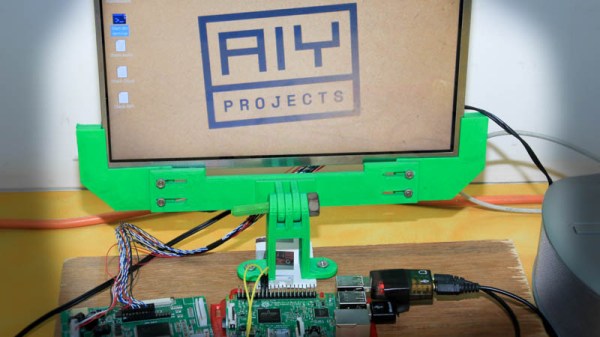One of the great strengths of 3D printing is that it makes creating objects with certain geometries much easier than it would be with traditional subtractive machining methods. Things like thin-walled perfect spheres or objects with wild undercuts become trivial to make. A great case in point is these amazing 3D-printed twist vases.
The key concept behind the vases is that the shape of the container itself is the thread that binds the two halves together. [Devin] has built plenty over the years, continually experimenting with the design, making everything from a useful compact trash container to heavily-twisted, more artistic pieces. [Devin] says they’re incredibly satisfying to play with, and we’re inclined to agree – it’s particularly great to watch the higher-tolerance printed vases twist themselves closed under gravity.
Such designs aren’t actually all that new – there’s similar models on Thingiverse stretching all the way back to 2009. The great thing about the Internet as an ecosystem is that not only do many people often reinvent the same idea, they each give it their own unique twist (pun unintended). Continue reading “Oddly Satisfying – Twist Containers”






















